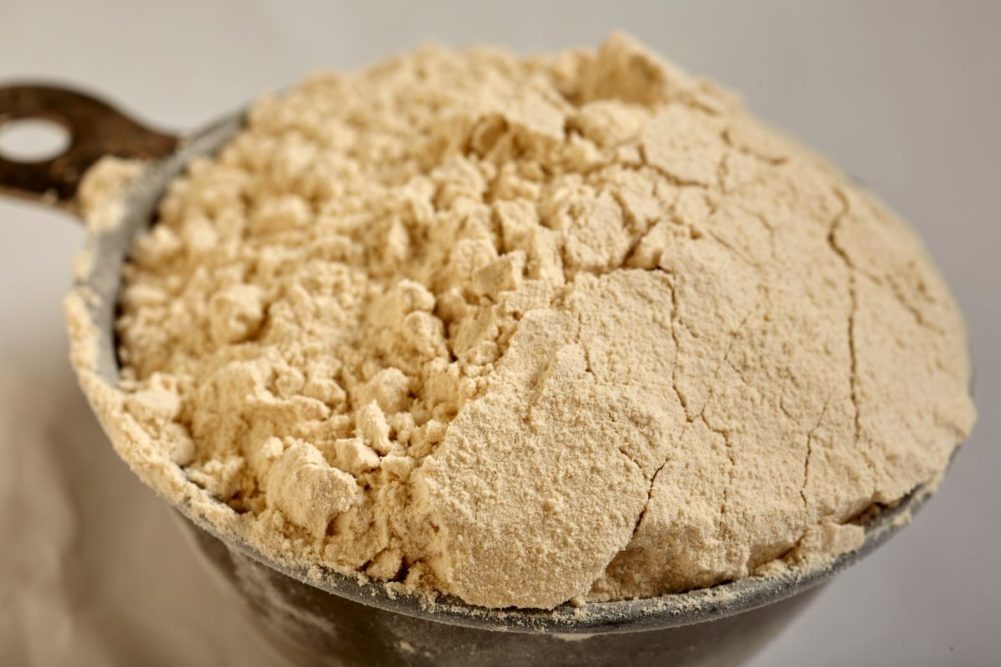CHICAGO — Vital wheat gluten was not an exception to the global, industrywide rise in ingredient costs.
“On the wheat gluten side, we’ve seen huge spikes in the prices, some major concerns as far as just ingredient availability,” said Tess Brensing, senior product manager, functional systems for Corbion, in a March 2 presentation at the American Society of Baking’s BakingTech in Chicago. “Are you going to actually be able to get the ingredients you want, the vital wheat gluten that you need for your process?”
Enzymes, when used correctly, may reduce the amount of vital wheat gluten needed in grain-based foods applications, thus alleviating the cost pressures.
“Enzymes are machines,” she said. “They take something, and they change it into something that you want. You have to have the right enzyme to act on the right substrate. That substrate could be fat. It could be starch. It could be a lot of things.”
In one example amylase enzymes work well with starch and water. Protease enzymes are more for protein and water, and transglutaminase enzymes work with protein, too. Ms. Brensing stressed that variability comes within each class of enzymes.
She cited four areas where enzymes may assist with vital wheat gluten.
“You have to think about increasing the water availability for gluten development,” Ms. Brensing said for one area. “Gluten is not gluten unless there is water and energy put together.”
Enzymes also may improve gas cell stabilization by creating emulsifiers, promote a stronger gluten network through crosslinking and assist with relaxation to facilitate dough machinability.
All the enzymes in the application need to “play nice” with each other, Ms. Brensing said.
“We don’t need too many cocktails,” she said. “We have to be putting these ingredients in in the right way to make them work together.”




